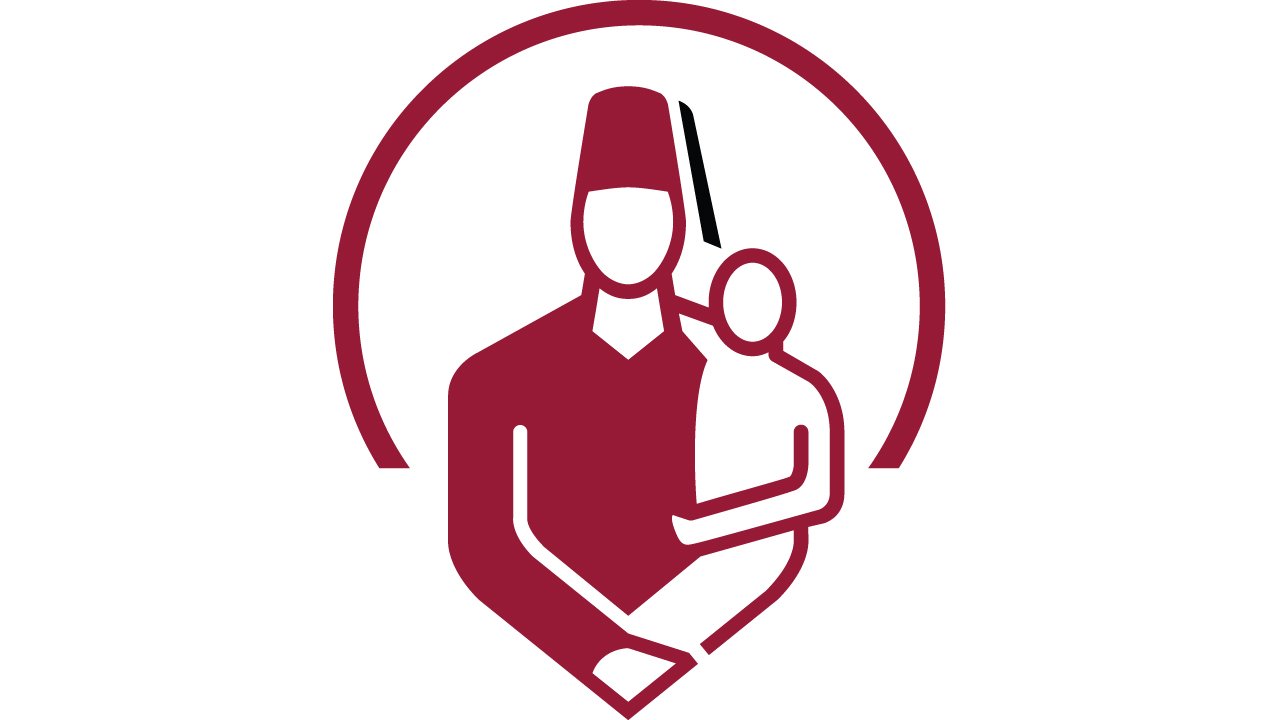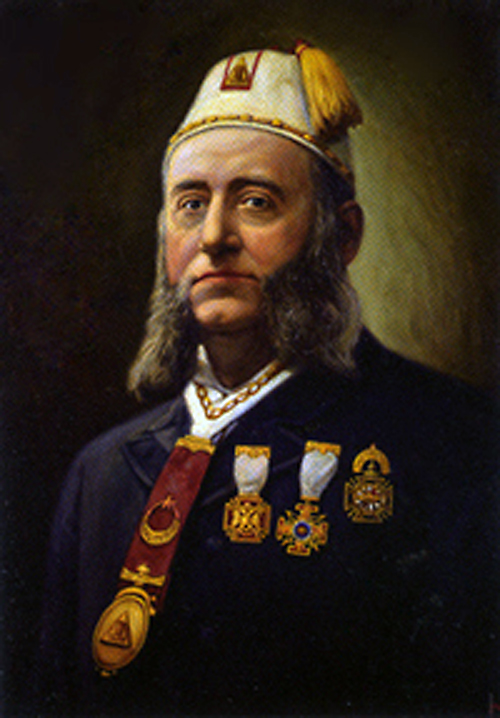The Shriners Hospitals: Kickstarting Shriners Children’s Appreciation Spotlight
1st June 2023

1st June 2023

Open Bionics, United Kingdom robotics startup and rapidly expanding prosthetics juggernaut, prides itself on turning those with limb differences into superheroes through their first ever medically approved 3D printed bionic prosthesis, the Hero Arm. The company, which has expanded to countries such as the United States and throughout Europe, is changing lives for amputees of all ages with their medical devices that are custom designed to enhance the human body. But what is happening behind the scenes? Who helps Open Bionics make these dreams of adaptive life a reality for so many? Throughout the month of June, Open Bionics will be shining a spotlight of appreciation on one of the largest clinical partners for amputees: Shriners Hospitals for Children. We’ll dive into clinics across the United States that have seen several Hero Arm users, and we’ll also check in with Hero Arm users to learn about their experience through Shriners Hospitals. We kick off this series with a unique and interesting history of how Shriners Hospitals came to exist.
Despite being a well-known and established healthcare system committed to patient care today, Shriners Hospitals history goes way back to humble beginnings with a fraternity. Let’s rewind the timeline all the way back to 1870 before there was even thought of a Shriners healthcare system. During said year, a group of 13 Masons would gather at a place called Knickerbocker Cottage in New York City, a favorite spot for social and political groups. During these meetings, discussion often turned to forming a new fraternity for Masons based on the ideas and values of Freemasonry, but with the added elements of fellowship and fun.
Involved in the fellowship and fun were Walter Fleming, M.D. and Billy Florence, an actor. At the time, Florence had been on tour in Europe. While overseas, he attended a party given by an Arabian diplomat. The exotic style and music of the Arabian-themed festivities led Florence to suggest these themes for their new fraternity. As a result, Dr. Fleming and other members of the group drafted a ritual, designed an emblem and costumes, formulated a salutation, and declared that members would wear a red fez. They decided upon the name Ancient Arabic Order of the Nobles of the Mystic Shrine. Their first official meeting kicked off in 1871 at the Knickerbocker Cottage and only a short year later they had established the first chapter known as Mecca Shriners.


As the chapter grew and expanded, they became increasingly known for their philanthropic efforts across the United States. During a yellow fever epidemic that swept through Jacksonville, Florida, local Shriners and Masonic Knights Templar worked tirelessly to assist the sick. In 1889, fraternity members came to the aid of Johnstown, Pennsylvania, this time helping flood victims. Jump ahead a few years to 1919, when Imperial Potentate Freeland Kendrick proposed establishing a hospital to provide medical care at no cost for children with orthopedic conditions. This proposal was the spark that lit the fire that has transformed Shriners into the healthcare network for children that we are so thankful for today. A committee began to explore the idea and came to the rational decision that there should not be just one hospital, but an entire healthcare network spanning North America that would provide pediatric orthopedic medical care regardless of the families’ ability to pay for it.
With this grand idea in mind and ready to be enacted, Shriners hit the green light on their vision on May 12, 1922. On that date, thousands gathered to witness the groundbreaking of the very first Shriners Children’s hospital in Shreveport, Louisiana. The first patient, a young girl with clubfoot, was seen in the fall of 1922 in a remodeled house near the Masonic temple while construction of the permanent hospital was well underway. What began as a meetup in Knickerbocker Cottage grew to a single hospital, and now boasts a world-renowned and beloved healthcare system with hospitals, outpatient clinics, ambulatory care centers and outreach locations. Today, Shriners Children’s offers care for multiple orthopedic issues, in addition to specialized care for burn injuries, craniofacial conditions, sports medicine, spine care and spinal cord injuries, colorectal, and gastrointestinal care across 15 locations in the United States.
Open Bionics is not only proud to partner with Shriners Childrens to outfit patients with Hero Arms, but extremely thankful for the work their dedicated team does each day to change the lives of children everywhere. This can especially not be understated by Open Bionics’ own Lucas Slusher, who was born without his right arm and received care from the Shriners Erie clinic in Pennsylvania. In addition, Slusher volunteers as an amputee camp counselor through the Shriners clinic in Salt Lake City, empowering teens with limb difference to overcome their challenges and build community through friendship. “Shriners has made me who I am today,” Lucas said. “The care I received from them has encouraged me to always give back in my own life.” he explained. Be sure to stay tuned through the month of June to see more on Shriners clinics and Shriners Hero Arm patients!